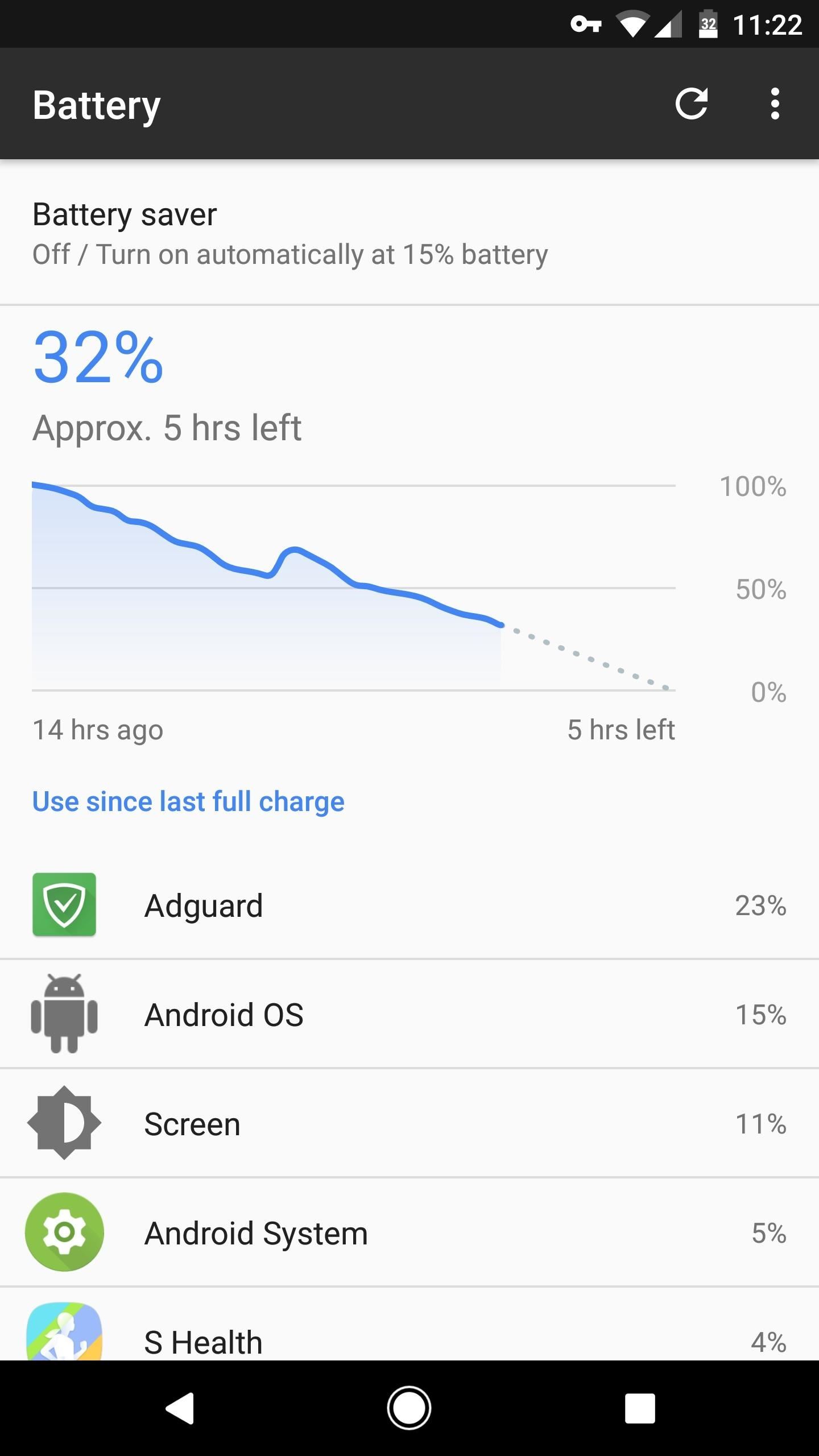How to Recover my Facebook Account When i Can No Longer Log In
Did you forget your password and can no longer log in? Or was your account hacked?
You are not alone! Hundreds of people turn to us with similar questions every day. Fortunately, Facebook offers several automated ways to reclaim your account. Whether you forgot your password or can no longer log in because a hacker changed it, you have several options. We’ll show you how to recover your Facebook account, step-by-step.
Note: This article covers everything I know about Facebook account recovery. Read this article, read the comments, and if you still have questions, leave your own comment and hope for the best. There’s nothing more I know or can do to help
1. Are You Still Logged In Somewhere?
Before you try to recover your account, check whether you are still logged into Facebook on any of your devices. This could be another browser or browser profile on your computer, your Facebook Android or iOS app, or a mobile browser, for example on your tablet.
Note: If you set up two-factor authentication and have lost access to your Code Generator, here’s how to recover your account.
2. Have You Tried the Default Account Recovery Options Yet?
OK, so you could not find a device where you were still logged into Facebook. Let’s proceed with the recovery then. If possible, use a network or computer from which you’ve logged into your Facebook account before.
First, you need to identify your account. Head to the
Facebook recover page and use an email address or phone number you previously added to your Facebook account. Even if it doesn’t say so, you can also use your Facebook username.
Once you successfully managed to identify your account, you will see a summary of your profile. Before you proceed, carefully check whether this really is your account and whether you still have access to the email address(es) or mobile phone number(s) listed.
Should you No longer have access to these? proceed to point 3 of this article.
If all looks well with the contact details that Facebook has on file for you, however, click Continue. Facebook will send you a security code. Retrieve it, enter it, and rejoice in having recovered your account.
If the code never arrives, click Didn’t get a code?, which will take you back to the previous Reset Your Password screen. You can try again or maybe you’ll realize that you don’t have access to the account/s after all.
Back Into Your Account
If you managed to regain access to your account and if you suspect that your account was hacked, immediately change your password (use a strong password!) and update your contact information. These are key steps in securing your Facebook account. Be sure to remove any email addresses or phone numbers that are not your own or that you can no longer access.
We strongly recommend that you enable two-factor authentication, so this won’t happen again.
3. Did Your Contact Information Change?
Often, it’s not possible to recover an account using the options above. Maybe you no longer have access to the email address(es) and phone number(s) you once added to your profile. Or maybe a hacker changed this information. In that case, Facebook allows you to specify a new email address, which they will use to contact you about recovering your account.
To start this process, click the link No longer have access to these? in the bottom left on the reset password page to start the recovery process. Facebook will ask you for a new email address or phone number, so that they can reach out to you if needed. Click Continue to proceed.
If you have set up
Trusted Contacts, you will have the chance to use these to recover your account in the next step.
You’ll need to remember at least one full name of your three to five Trusted Contacts to reveal all of them. Note that you only need three codes to recover your account.
If you didn’t set up Trusted Contacts, you might be given the option to answer one of your security questions and reset your password on the spot. As an additional precaution, this comes with a 24 hour waiting period before you can access your account.
Otherwise, you might have to wait until Facebook gets in touch to verify your identity. Be patient!
4. Was Your Account Hacked & Is Sending Out Spam?
This will actually start a similar yet different process as the one outlined above. While you will use the same information to identify your account, in the following step you will be able to use either a current or an old Facebook password to recover your account.
This is useful in case a hacker changed your password, but it may also come in handy in case you forgot your new password.
Find more security-related tips on the
Account Security page in the Facebook Help Center.
5. Still Locked Out of Facebook?
If all of the recovery methods above failed, your last hope is Facebook itself. You can try emailing security@facebookmail.com to explain your situation. They might give you a chance to prove your identity using your passport or driver’s license. This can take several weeks, so practice patience.
Note: If you didn’t use your real name on Facebook, your hopes for recovering your account this way are close to zero.
If All Else Fails, Create a New Facebook Profile
Over the past few years, I have received countless comments and messages from people who weren’t able to recover their accounts. Usually, their contact information was outdated, the recovery codes Facebook provided didn’t work, or the company would never reach out to verify their identity. Facebook is notoriously difficult to get a hold of. This sucks. Unfortunately, I couldn’t help either.
At some point, you just have to move on. As much as it hurts, learn from your mistakes, create a new account, be sure to add several valid contact details, secure your Facebook account, and rebuild your profile.

























